In a way, I manufactured this question. It’s been a huge topic lately. I have interviewed for some local magazine articles, as well as visited with developers, regional planners, etc. I also have quite a few customers with a small house in mind. Various reasons range from lifestyle to budget, not to mention small houses seem to be trendy at the moment. There are tons of plans available online, and a few of the local architects have similar interests, and can design these small homes for a very reasonable price. Also, there are some local companies who are doing some extraordinarily luxurious modular type small houses.
So, what are your options? It depends on a couple of factors, how small is “small”? There are a number of subdivisions and developments within Teton County that have a minimum size requirement of 900 to 1000 square feet. If this is your idea of small, then all it will take is a real estate agent that is well versed in knowing all of the developments or quick to review the CC&R’s for each development. You might be surprised how many lots are available, some even with community water hookups.
How about 400 or 500 square feet? This gets a little more tricky. A few of the older developments used to have very small size requirements such as this, but the restrictions have been amended over the years to require a larger home. Just 10 years ago, small homes weren’t really a thing. We were all building gigantic custom homes, and we didn’t really want to have a 900 square foot home next to our custom 5000 square foot home. I might be exaggerating slightly, but you get the idea.
One obvious workaround is to purchase a lot without any CC&R’s, or that is not in a subdivision. This can get tricky for a variety of reasons. First, these types of lots with “free rein” so to speak are gaining in popularity for those who want to have chickens, don’t like the idea of rules, or a variety of other reasons such as building a smaller home. Because they are gaining in popularity, demand is higher (supply is low to begin with) which is causing inflated prices. For those looking to build a small home because of the budget factor, this is essentially pricing them out. Other things to consider when buying a lot that is not in the subdivision is confirming that you can obtain a building permit for that parcel and checking costs for bringing in power, phone, the ability to hook up to water or sewer, or drill a well, and more. When you buy a lot within a development, it almost always has power and phone to the property, and the ability to hook up to or drill for water. This isn’t always the case with many of these parcels not in a development, which again adds to the cost to bring these utilities to the building site.
Another possible work around, and possibly a way to tick off your neighbors, is to find a development that allows a small guest house, but does not require that you construct the main house first. Obviously, this can cause some friction with the Homeowner’s Associations. Just because the CC&R’s read one way doesn’t mean it was the intent of the developer another way. It can be a sticky situation.
In a nutshell, I would first recommend that you spend some time in a small house, and consider the price difference between building something that conforms with a subdivision’s requirements, versus going all-out miniature. Pulling out your murphy bed everyday for the rest of your life may get old, even though it seems like a good idea today. Closet space, storage, pantry space and laundry areas are all things that are usually reduced in size or forfeited altogether – combine this with ski boots, your new bike, and a Golden Retriever, it gets pretty tight.
On another note, not that we need any new development, but how about amending restrictions on some of these vacant subdivisions to allow for these “small houses”? Food for thought!
